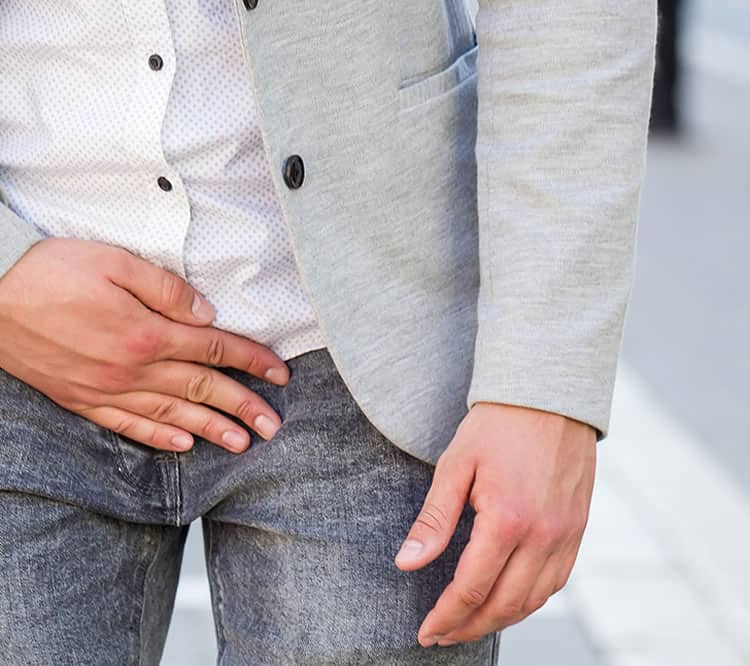Florence Uwaeme
In this article, you will get to know all about Jock Itch, diagnosis, causes, treatment and preventive measures you can take to prevent the itch.
Tinea cruris, most commonly known as jock itch, is a fungal infection of the skin.
It belongs to a group of fungal skin infections called tinea. Like other tinea infections, jock itch is caused by mold-like fungi, which are known as dermatophytes. These microscopic fungi live on the skin as well as on the hair and nails.
They’re typically harmless, but they can multiply quickly and cause infections when they’re allowed to thrive in warm, moist areas. That’s why jock itch usually develops in the skin around the groin, inner thighs, and buttocks.
Jock itch is most common in men and adolescent boys. The infection causes a rash that often itches or burns. The affected areas can also be red, flaky, or scaly.
Most people find relief simply by applying topical antifungal medications and by keeping the affected area clean and dry.
Common symptoms of Jock itch are:
redness of the affected skin area
persistent itching
burning sensation
flaking, peeling, or cracking skin
rash that gets worse with exercise or activity
changes in skin color
rash that doesn’t improve or worsens, or spreads
What causes jock itch?
Jock itch is caused by a group of fungi called dermatophytes. These fungi naturally live on your skin and normally don’t cause problems. However, when you remain in sweat-soaked clothes after exercising, the lengthy exposure to moisture can allow the fungi to multiply quickly.
When you have an overgrowth of dermatophytes in your groin area, it causes the infection known as jock itch.
The fungus that causes jock itch is highly contagious. You may get the fungal infection through close personal contact with an infected person or through contact with the unwashed clothing of an infected person.
Jock itch is not a sexually transmitted Infection (STI)
Preventive measures
As a preventive measure, it’s important to wash with soap and water in your groin and armpit areas daily. Jock itch may also be triggered by prolonged exposure to moisture and friction from clothes.
Treatment of Jock Itch
Jock itch is treated by doing all of the processes listed below in no particular order.
Apply an over-the-counter-antifungal cream, powder, or spray to the affected area.
Wash the affected area thoroughly with soap and warm water.
Dry the affected area thoroughly after bathing and exercise.
Change clothes and undergarments every day.
Wear loose cotton clothing.




